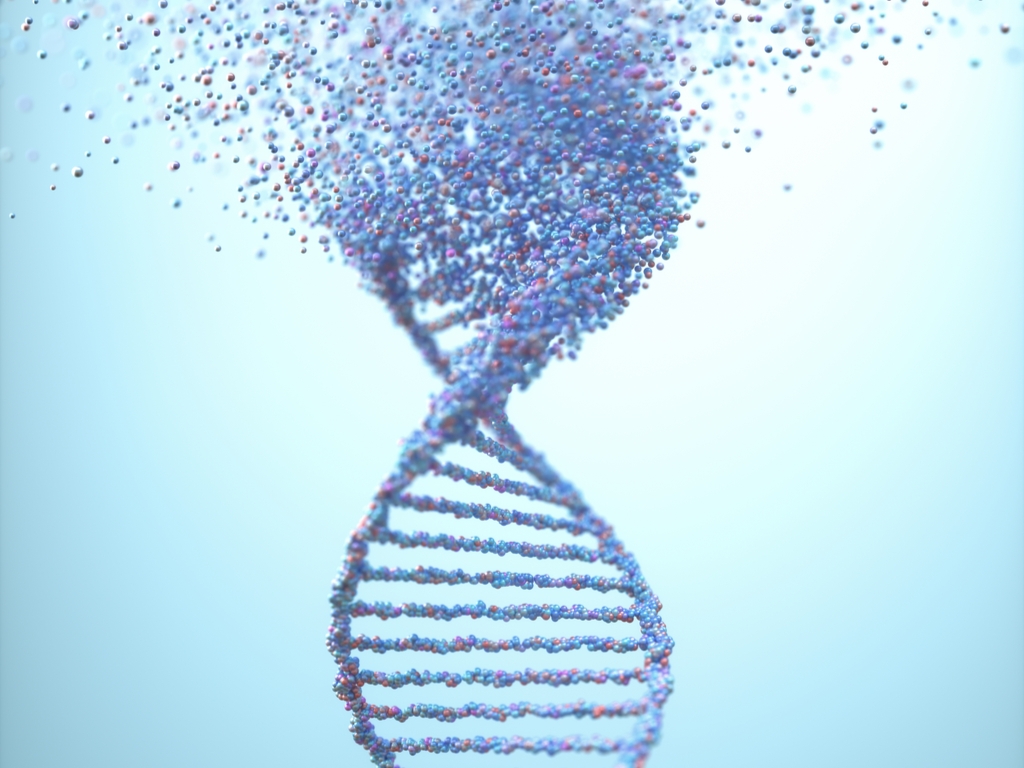Home > Insights > Market Research & Trend Analysis > Risk Assessment & Mitigation Planning for Advanced Therapies
Risk Assessment & Mitigation Planning for Advanced Therapies
June, 2020

Risk Assessment & Mitigation Planning for Advanced Therapies
Perhaps one of the most critical considerations when planning for manufacturing and supply chain in Advanced Therapies (previously called Cell and Gene Therapy) is risk assessment and mitigation planning.
While the traditional biopharma manufacturing model is based on a centralized manufacturing facility, advanced therapies are not able to follow suite. It is because of the demand for fresh or carefully cryopreserved material that is in close proximity to patients or clinical settings such that the therapy remains viable at point of care. This is a complete shift in both logistics and patient delivery.
Consequently, advanced therapy providers are starting to explore several manufacturing models including the “hub and spoke” and outsourced manufacturing approach via “contract manufacturing organizations” (CMO).
While a true risk assessment requires an in-depth analysis of the starting material, technology and delivery model, a good place to start is with the following:
- Identity your supply chain maps
- Understand capacity constraints
- Identify sources of reliability
- Identify potential risks
- Prioritize risks
Risk Mitigation Planning starts by ensuring the following:
- Develop a business continuity plan
- Build SOP processes to ensure capacity matches commercial demand
- Understand that decisions have impacts on the entire supply chain, for instance the decision to ship donation fresh is expected to have greater cell viability but a shorter shelf life
- Align the supply chain to integrate the development, technical, manufacturing and commercial functions
- Identify scale-down models and systems to capture data from process experimentation and batch manufacturing
By: Kiran Chin


